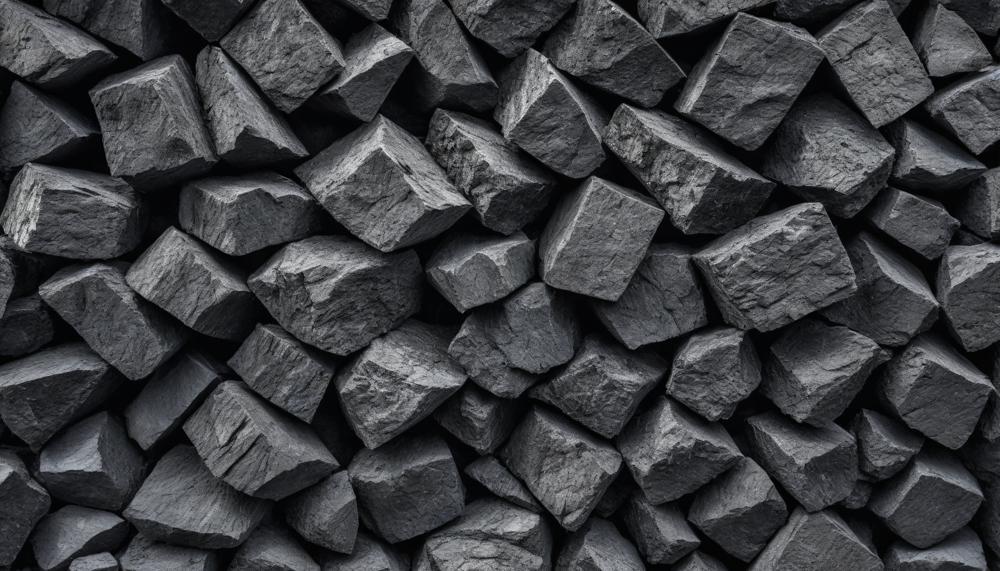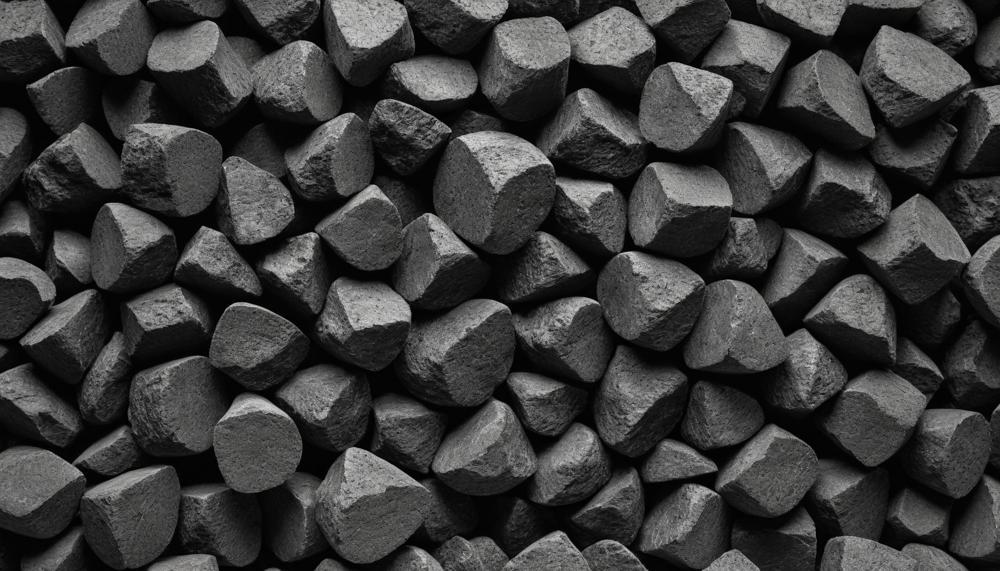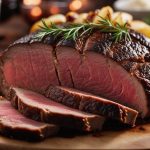Is it safe to use old charcoal? The answer is a straightforward “Yes,” but with a few important considerations. Imagine your last barbecue left you with leftover charcoal in the grill. Can you reuse it for your next cookout? Absolutely. However, just like a car with high mileage, old charcoal has already burned through some of its energy potential and mass.
To ensure a successful grilling session, you’ll want to supplement it with fresh charcoal to maintain consistent heat and longevity.
In this article, we’ll delve into the details of reusing old charcoal, covering everything from safety to maximizing its efficiency:
- Safety First: Addressing any concerns about using old charcoal.
- Performance Tips: How to enhance the effectiveness of reused charcoal.
- Supplementary Needs: Why combining old charcoal with new is beneficial.
- Alternative Uses: Discovering 8 creative ways to repurpose partially used charcoal.
Whether you’re a seasoned griller or just getting started, understanding the nuances of charcoal use can elevate your barbecue game. Let’s explore how you can make the most out of every charcoal briquette, ensuring your next cookout is a sizzling success.
Contents
- 1 Is It Safe To Use Old Charcoal?
- 2 The Environmental Impact of Reusing Old Charcoal
- 3 Tips for Safely Reusing Old Charcoal for Grilling
- 4 How to Store Old Charcoal Properly to Maintain Safety
- 5 Testing the Quality of Old Charcoal Before Use
- 6 The Potential Health Risks of Using Old Charcoal
- 7 Alternative Uses for Old Charcoal Beyond Grilling
- 8 Conclusion
Is It Safe To Use Old Charcoal?
| Is It Safe To Use Old Charcoal? | Answer | Explanation |
| Yes, it is generally safe to use old charcoal. | Old charcoal that has been stored properly and remains dry can still be used for grilling. | Charcoal, if kept dry, can remain usable indefinitely. However, once it gets wet, it loses its effectiveness and should not be used. Activated charcoal, in particular, should not be used if expired, as it may not work as intended. |
| Considerations | Check for signs of moisture or mold before using old charcoal. If it’s dry and looks unchanged, it should be fine. | Unused charcoal can be reused, though it may burn less efficiently than fresh charcoal. It’s like reusing a car with high mileage; it may not perform as well without some new fuel (fresh charcoal). |
| Additional Uses | Old charcoal can be repurposed for tasks like deodorizing or composting. However, for grilling, it’s best supplemented with new charcoal for optimal results. | There are various other practical uses for partially used charcoal, detailed in guides on recycling and reuse. |
Using old charcoal for grilling is generally safe if it has been stored properly and remains dry. Charcoal can last indefinitely under ideal conditions but loses effectiveness if exposed to moisture. It’s advisable to inspect old charcoal for signs of dampness or mold before using it.
While old charcoal may burn less efficiently than fresh charcoal, it can still be utilized effectively when supplemented with new fuel. For other purposes, such as deodorizing or composting, partially used charcoal can be repurposed.
The Environmental Impact of Reusing Old Charcoal
Reusing old charcoal offers significant environmental benefits, primarily by reducing waste and conserving resources.
This practice not only diminishes the volume of charcoal that ends up in landfills but also curtails the need to produce new charcoal, thereby saving trees and other natural resources.
| Environmental Benefit | Description | Impact |
| Reduction in Waste | Using old charcoal reduces the amount that ends up in landfills. | Decreases landfill waste. |
| Lower Greenhouse Gas Emissions | Reduces the need for production processes that emit significant levels of carbon dioxide. | Contributes to lower overall greenhouse gas emissions. |
| Conservation of Resources | Decreases the demand for new charcoal, thus conserving trees and biomass. | Helps preserve forests and biodiversity. |
By choosing to reuse old charcoal, grill enthusiasts not only enjoy their barbecue but also contribute positively to environmental conservation. This simple act is a step towards sustainable living practices that benefit both the planet and future generations.
Tips for Safely Reusing Old Charcoal for Grilling
The process of reusing old charcoal for grilling involves specific steps to ensure it burns effectively while maintaining safety and quality. Here’s a straightforward guide:
Collect and Cool Down
- After grilling, allow the charcoal to cool completely in the grill. This can take several hours. Never attempt to handle or store charcoal that is still warm or hot.
Clean and Store
- Once cooled, sift through the charcoal. Use a metal tool to separate unburned pieces from ash and debris. Ash can be removed by gently shaking the charcoal in a metal sieve or similar tool.
- Store the clean, unburned charcoal in a dry, airtight container to keep it dry and ready for the next use.
Preparation for Reuse
- When ready to grill again, start with a layer of new charcoal on the bottom of your grill or chimney starter. This acts as a strong, energetic base.
- Add the saved old charcoal on top of the new layer. This helps in utilizing the full potential of the old charcoal without relying solely on its diminished energy.
Light and Grill
- Light the charcoal using your preferred method. Old charcoal may take slightly longer to light, so patience is key.
- Ensure the grill reaches the desired temperature before cooking, as reused charcoal might affect heating times.
How to Store Old Charcoal Properly to Maintain Safety
Proper storage of old charcoal is essential to ensure it remains safe and effective for grilling.
Selection of Container
- Type: Opt for a metal container with a tight-fitting lid. Metal is fireproof, making it the safest choice for storing potentially flammable materials like charcoal.
- Attributes: Ensure the container is airtight to prevent moisture from seeping in, which can ruin the charcoal’s effectiveness.
Location for Storage
- Environment: Place the container in a cool, dry area. Avoid locations prone to dampness or fluctuating temperatures.
- Safety: Keep the container away from direct sunlight and heat sources to minimize the risk of spontaneous ignition.
Handling and Usage
- Preparation: Before placing old charcoal in storage, allow it to cool completely, usually at least 8 hours after use. This reduces the risk of fire hazards.
- Supplementing Old Charcoal: When reusing old charcoal, mix it with new charcoal to maintain optimal heating performance as old charcoal will have lost some of its potential energy.
Reusing Charcoal
- Reusability: Old charcoal can still be useful. Consider supplementing it with new fuel for effective grilling results.
- Alternative Uses: If not used for grilling, consider other uses such as odor absorption or gardening, as detailed in various guides.
Safety Tips for Charcoal Storage
- Air Flow: Ensure there’s sufficient air circulation around the storage area to prevent dampness and potential mould growth.
- Regular Checks: Inspect the storage container periodically for signs of rust or damage which could compromise its airtight seal.
Testing the Quality of Old Charcoal Before Use
Testing the quality of old charcoal before using it for grilling is essential to ensure it burns efficiently and safely. Here are the most effective methods to determine the usability of aged charcoal:
- Visual Inspection: Examine the charcoal for any visible mold, excessive dampness, or an abundance of ash. Good charcoal should be dry and intact.
- Weight Test: Quality charcoal should be light due to its carbon content. If the pieces feel heavier than usual, they might have absorbed moisture, which can hinder their ability to ignite and maintain heat.
- Sound Test: Toss a few pieces of charcoal together. Healthy, dry charcoal typically makes a sharp, ringing sound, while damp or poor-quality charcoal thuds.
- Ignition Test: Try lighting a few pieces of the old charcoal. If it ignites quickly and burns steadily, it’s still good. If it struggles to light or smokes excessively, it might be past its prime.
- Burn Test: Monitor how the charcoal burns. Quality charcoal should burn at a consistent temperature and rate. If the heat fluctuates or it burns out quickly, the charcoal may not provide the best grilling results.
The Potential Health Risks of Using Old Charcoal
The primary health risks associated with using old charcoal for grilling stem from its compromised combustion and potential contamination. Below are the specific hazards:
- Carbon Monoxide Poisoning: Inefficient combustion of old charcoal can lead to an increase in carbon monoxide production. This gas is odorless and colorless, making it difficult to detect. Exposure can cause serious health issues such as headaches, dizziness, and in severe cases, it can be fatal.
- Chemical Contaminants: Charcoal that has been stored for a long time may absorb moisture and environmental pollutants like mold spores and bacteria. Upon ignition, these contaminants can be released into the air and transferred to food, potentially causing respiratory and gastrointestinal issues.
- Polycyclic Aromatic Hydrocarbons (PAHs): Old charcoal might retain PAHs from previous uses. PAHs form when fat burns or drips onto the charcoal, and they are known carcinogens when ingested with food.
- Heavy Metal Contamination: Charcoal briquettes often contain fillers and binders, some of which may include heavy metals like lead and arsenic. These metals can leach into food as the charcoal ages, posing long-term health risks such as neurological damage and organ toxicity.
- Respiratory Irritation: Burning old charcoal can release fine particulate matter that irritates the respiratory system. This can exacerbate conditions like asthma or lead to respiratory infections.
For a safer grilling experience, it is advisable to use fresh charcoal and ensure it is properly stored to avoid these risks. Here is a table summarizing the key risks and their consequences:
Alternative Uses for Old Charcoal Beyond Grilling

While using old charcoal for grilling can present various health risks, it remains a versatile material for other applications. Here are some effective ways to repurpose old charcoal:
- Odor Absorption: Charcoal is excellent at removing odors due to its porous nature. Place it in musty areas, such as basements or fridges, to absorb unwanted smells.
- Moisture Control: Similarly, charcoal can help absorb excess moisture and prevent mold and mildew in damp spaces.
- Compost Boost: Adding charcoal to compost can improve its quality by increasing carbon content, which aids decomposition and provides essential nutrients to soil microbes.
- Water Filtration: Charcoal can filter impurities from water. Using it in homemade water filtration systems can improve water clarity and taste by removing contaminants and odors.
- Garden Pest Deterrent: When used in gardening, charcoal can deter pests and improve soil by enhancing its texture and fertility.
Conclusion
Yes, using old charcoal for your grilling adventures is not only safe but also an environmentally savvy choice—if it’s dry and well-stored. Just like a vintage car that still purrs with a little care, old charcoal can perform nearly as well as new when you add fresh briquettes to the mix. This technique ensures your barbecue fires up with robust heat and consistent performance.
Old charcoal can be a quiet champion in sustainability, reducing waste and conserving natural resources. By reusing these enduring embers, you significantly diminish the volume of charcoal that might otherwise end up in landfills, while also cutting down on the need for new production—which means fewer trees harvested and reduced carbon emissions.
Before you toss your grill master’s cap on and fire up the BBQ, make sure your old charcoal is dry and mold-free. Store any unused charcoal in a dry, airtight metal container to maintain its grilling potential. When you’re ready to reignite, start with a fresh charcoal base and add the old on top for an optimal burn.






